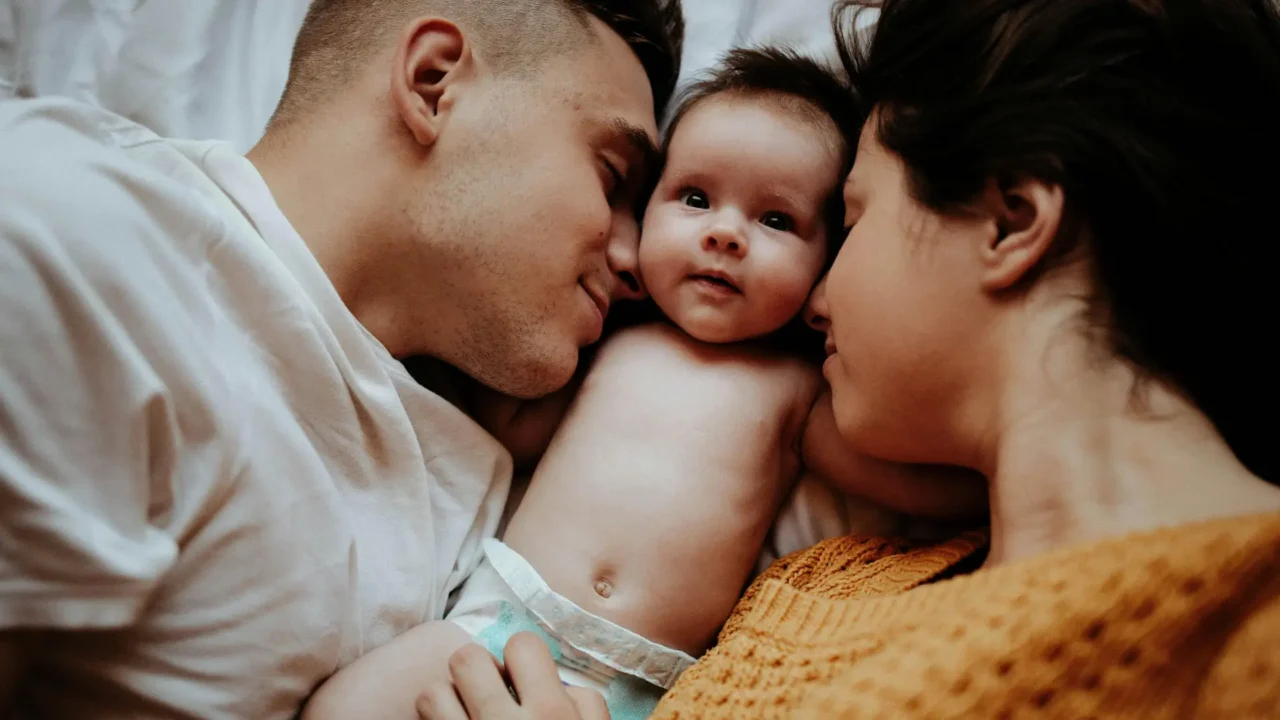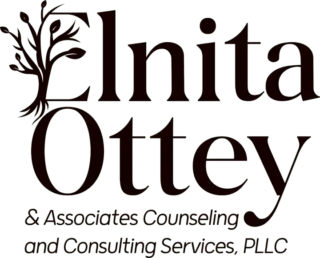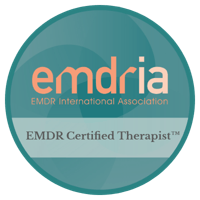How Do Feelings of Attachment Develop?
Attachment development isn’t just a concept reserved for romantic partnerships or childhood psychology textbooks. It’s the emotional glue that connects us to others, influences how we navigate intimacy, and ultimately shapes our view of ourselves and the world. At its core, attachment is about survival, both emotional and physical.
From the moment we’re born, we are biologically wired to seek closeness, comfort, and safety. An infant doesn’t just cry for food or warmth. They cry for connection. And how caregivers respond to those cries lays the foundation for that child’s emotional blueprint.
The Science of Attachment
✔️ Begins at Birth
Attachment begins in infancy and continues to shape our development throughout our lives. In those early months, the brain is forming millions of neural connections every second. These connections are influenced by interactions with caregivers, especially whether the infant’s emotional and physical needs are met consistently and lovingly.
✔️ Shaped by Safety and Responsiveness
Secure attachment develops when a caregiver is emotionally attuned and physically available. This means picking up the baby when they cry, making eye contact, offering soothing tones, and creating a safe, predictable environment. These experiences help the child internalize a sense of trust: “The world is safe. I am cared for. I matter.”
✔️ Impacted by Emotional Neglect or Instability
When these emotional needs go unmet—whether due to neglect, abuse, or inconsistent caregiving—the child may form insecure or disorganized attachments. Their developing brain adapts to unpredictability by becoming hypervigilant or emotionally withdrawn. Over time, this can manifest as difficulty trusting others, fear of abandonment, or feeling undeserving of love.
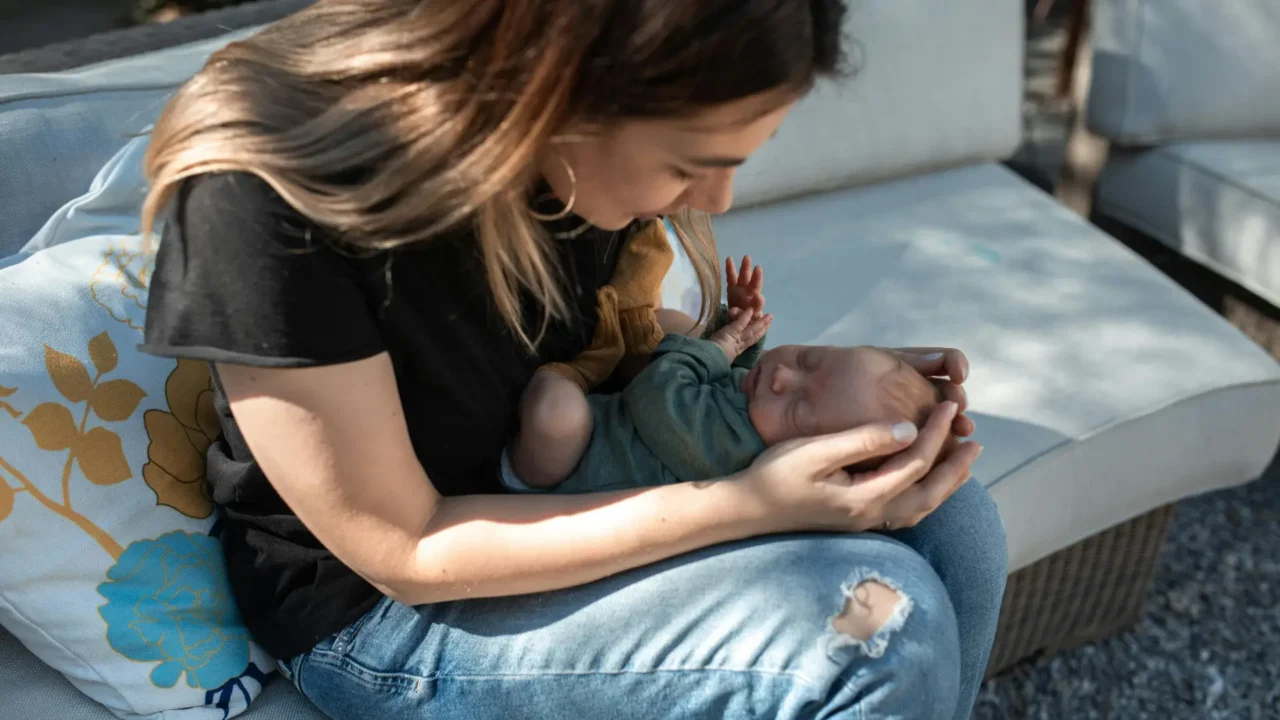
How Attachment Affects Us Later in Life
Many adults are unaware that their patterns of connection in adulthood are often rooted in early attachment experiences. Do you find it hard to trust others? Do you fear being “too much” for people? Do you feel anxious in close relationships or struggle to depend on others?
These patterns are often emotional echoes of your earliest bonds.
If early caregivers were emotionally unavailable, unpredictable, or overly critical, the brain learned to expect those same dynamics in future relationships. Even when friends or partners show love and consistency, a part of the brain might remain stuck in old survival modes: fearing rejection, needing constant reassurance, or pushing others away to avoid being hurt.
EMDR Therapy and Attachment Healing
Eye Movement Desensitization and Reprocessing (EMDR) is a powerful therapeutic approach that helps people heal from past trauma, including attachment wounds. These deep-seated emotional injuries often operate outside of our awareness, driving our behaviors, fears, and relationship patterns.
✔️ Rewires the Brain’s Attachment Patterns
Through bilateral stimulation, EMDR helps the brain reprocess early memories that may have led to distorted self-beliefs like “I’m not lovable,” “People always leave me,” or “I can’t trust anyone.” As these beliefs are reprocessed, clients gain clarity and begin to respond to present-day relationships with more calm and confidence.
✔️ Reduces Fear of Rejection or Abandonment
By healing the root of the fear, not just treating the surface symptoms, EMDR allows clients to feel safer in closeness. It helps them recognize that they are no longer that vulnerable child trying to earn love or avoid pain. Instead, they are an empowered adult who can choose healthy connections.
✔️ Builds Self-Worth and Emotional Regulation
EMDR doesn’t just help you understand your attachment patterns—it transforms them. Clients often report feeling more grounded, self-assured, and emotionally present after a course of EMDR treatment. This creates room for secure, fulfilling relationships and a more positive self-image.
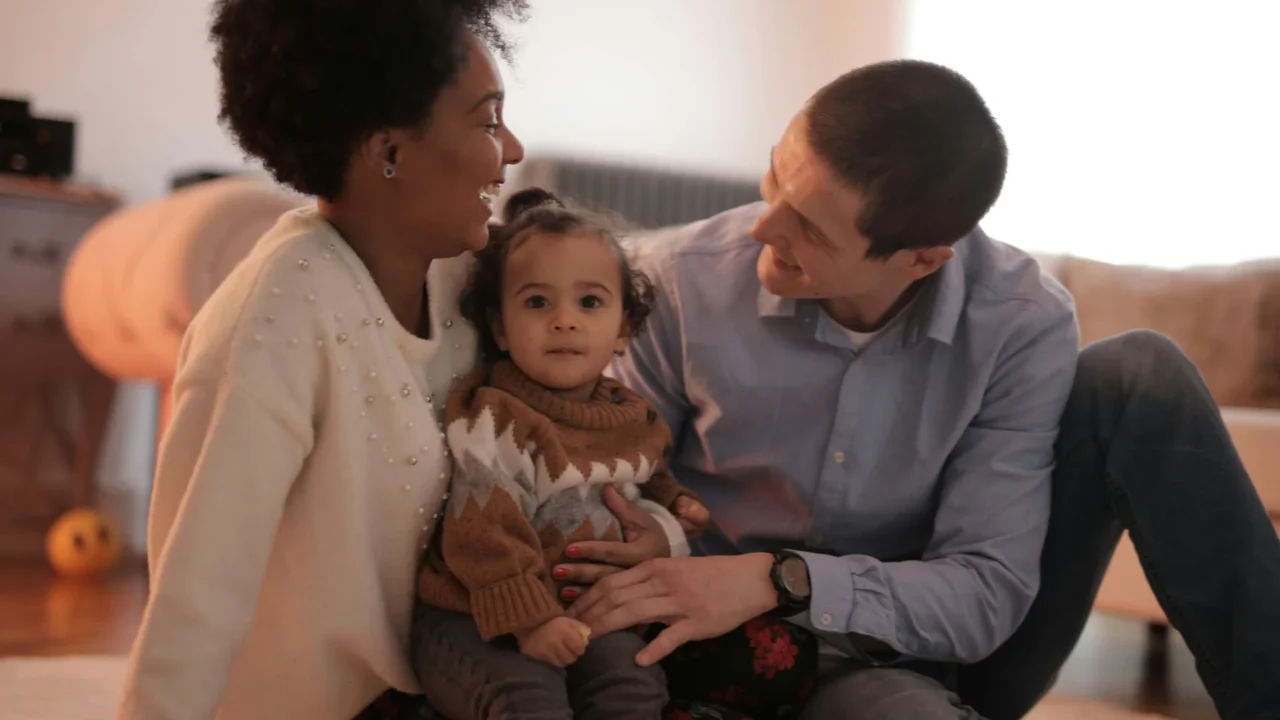
You Deserve to Feel Safe and Loved
Healing attachment wounds isn’t about blaming caregivers or reliving the past, it’s about reclaiming your present and future. When we understand how feelings of attachment develop and how they impact our lives, we gain the insight and tools needed to break harmful cycles and build healthier connections.
Ready to begin your healing journey?
If you’re tired of anxious relationships, fear of abandonment, or feeling like you have to earn love, I’m here to help. As an EMDRIA-certified EMDR therapist, I specialize in trauma recovery, nervous system regulation, and attachment healing.
📍 Offering in-person therapy in Monroe, NC and the Charlotte, NC metro area
💻 Virtual sessions available in NC, SC, TN, OK, CO, OR, and VT
🌐 Learn more at www.elnitaottey.com
Elnita Ottey, LCMHC, offers trauma-informed EMDR therapy to help clients heal the roots of attachment trauma and build a more secure emotional foundation.
📍 Find a certified EMDR therapist at www.emdria.org
📞 Learn more about services at www.elnitaottey.com



